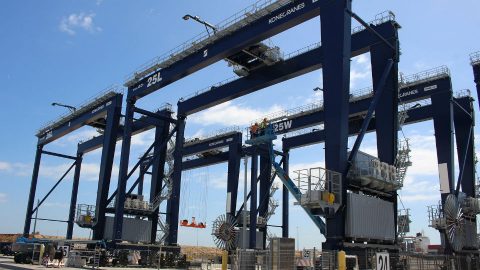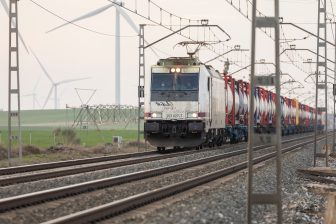
Towards Industry 4.0 in terminals: how do AI and 5G work?
Photo: BEST terminal
Many terminals use artificial intelligence (AI) in their operations. Simultaneously, 5G is gaining traction as a technological enabler for faster data sharing. How do these technologies work, and will they lead to a more sustainable operational future?
Do you want to read the full article?
Thank you for visiting RailFreight.com. Become a member of RailFreight Premium and get full access to all our premium content.
Are you already a member?
Having problems logging in? Call +31(0)10 280 1000 or send an email to customerdesk@promedia.nl.




